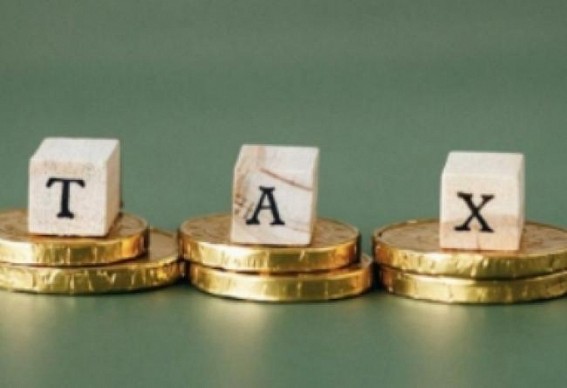TIWN

Chennai, Feb 6 : The government is moving India away from a saving economy -- the old Income Tax (IT) regime loaded with tax deduction investments -- to a spending economy by luring people to a new IT regime.
It is also being said that Finance Minister Nirmala Sitharaman's budget 2023-24 proposal of taxing the maturity and surrender amount of non-ULIP policies (purchased after April 1, 2023, if the total premium paid by an individual under such polices is more than Rs 5 lakh in a year, is a step towards the new IT regime.
Presenting her budget on February 1, 2023, Sitharaman said the new IT regime will be the default one but those tax payers wanting to continue with the old one can still do so.
In order to enthuse IT payers to the new regime, Sitharaman increased the rebate limit to Rs 7 lakh from the earlier Rs 5 lakh.
In other words, people with an income up to Rs 7 lakh need not pay any IT. In addition, she also reduced the number of tax slabs, extended the Standard Deduction and reduced the highest surcharge rate.
"The government continues with dual tax rate slabs - Old and New. The Old tax slab regime which promoted savings by allowing tax deduction has now become an unwanted child of the government. A lot of concessions are given to the new child - the new IT regime leaving the old one destitute," S.Jaishankar, a chartered accountant, told IANS.
"The government has expressly opined that it wants the tax payers to move away from the savings syndrome to consumption syndrome. Only with more consumption the gross domestic product (GDP) grows faster. All along the tax payers were investing in LIC not only for tax deduction but it was also giving financial security to meet the family needs like marriage, education. The government seems to tamper with this basic security," Jaishankar added.
Continuing, he said a government that wants the tax payers to move away from tax deduction mode, should also ensure that an income is not taxed at multiple levels.
Take company dividends for instance, the corporate pays around 27 per cent and the individual pays another 10 or 20 per cent, Jaishankar said.
Experts also pointed out that Indians pay goods and services tax (GST) on almost all the goods/services they consume and in addition there is IT.
- India’s industrial growth at 3.5 pc in July signals healthy recovery: Economists
- AI to unlock $500 billion opportunity for India’s tech services: Report
- India’s credit rating upgrade to boost investors’ confidence, drive foreign capital inflows
- Centre to update WPI, IIP; announces launch of new Producer Price Index
- S&P Rating's growth projection for India is no surprise: SBI Research



